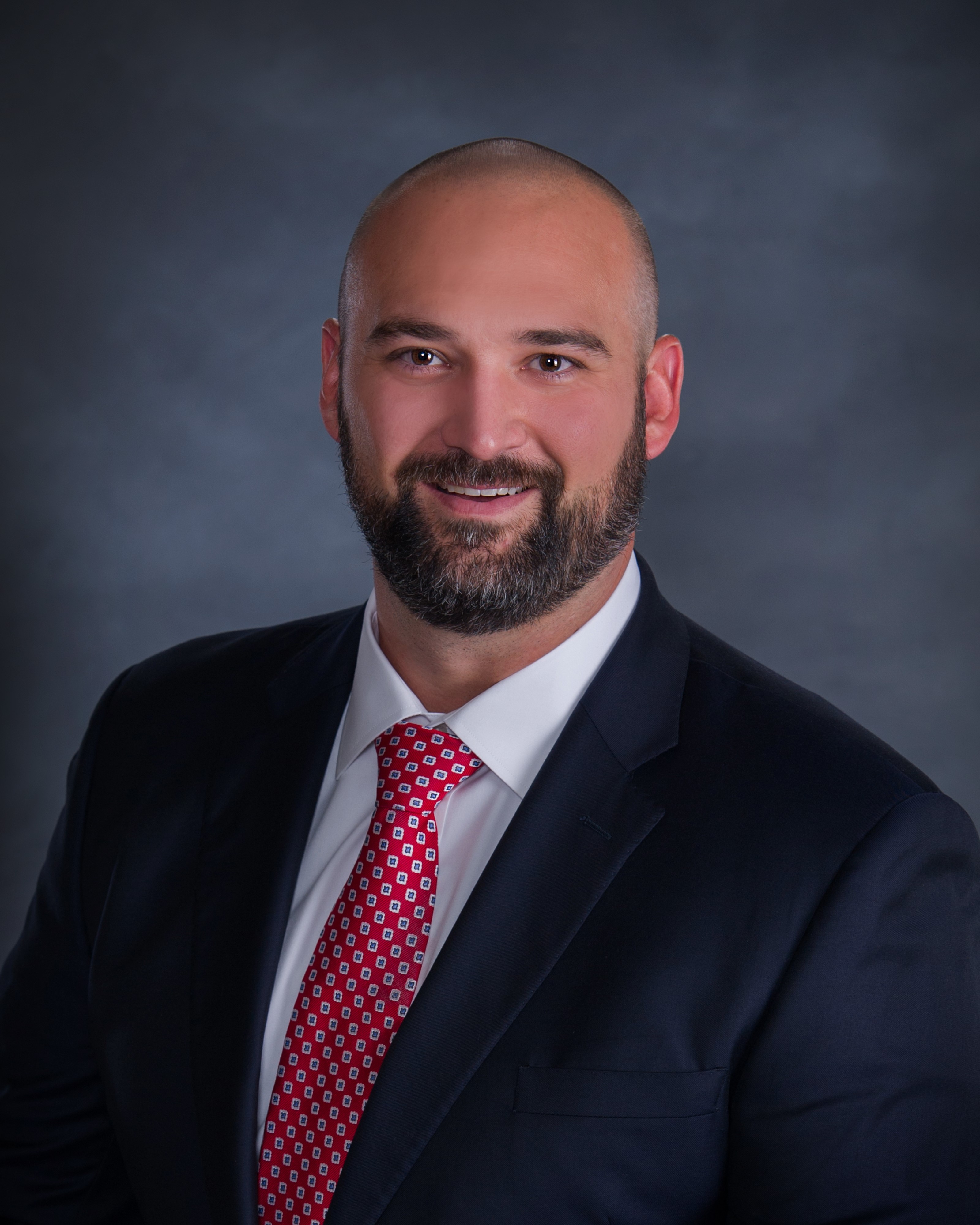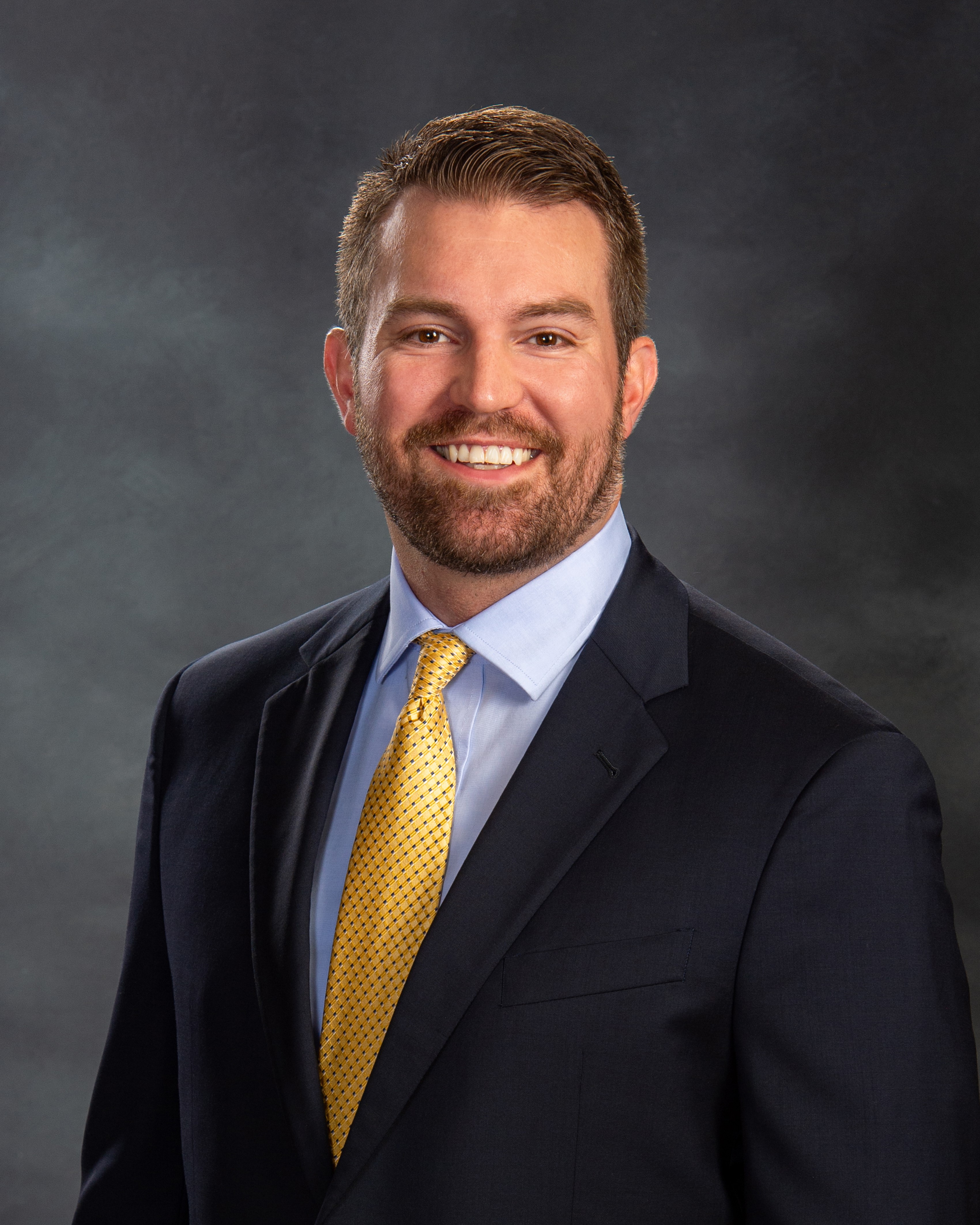Hip Arthroscopy
Specialties
- Anterior Hip Replacement
- Neck Arthritis (Cervical Spondylosis)
- Endoscopic Carpal Tunnel Release
- Hip Arthroscopy
- Robotic Assisted Knee Replacement
- Robotic Joint Replacement & Spine Surgery
- Rotator Cuff Repair
- Orthopedic Fracture & Trauma Care
- Outpatient Total Knee Replacement
- Partial Knee Replacement
- Radiculopathy (Pinched Nerve) Treatment
- Total Ankle Replacement
- Total Shoulder Replacement
- Hand
- Hip
- Foot & Ankle
- Knee
- Shoulder & Elbow
- Spine
Hip arthroscopy is a procedure that helps to diagnose and treat certain problems that cause hip pain. Arthroscopy utilizes a small camera to view the hip, so that a large incision is not needed to complete the surgery. This often leads to less pain after surgery.
Dr. John Bojescul, Dr. Jeremy Jacobs and Dr. Douglas Holford are our hip arthroscopy specialists at Augusta-Aiken Orthopedic Specialists.
When is Hip Arthroscopy Recommended?
We will typically recommend hip arthroscopy when the surgeon suspects a patient may have femoroacetabular impingement (FAI) or a labral tear.
FAI is a condition in which bone spurs develop along the acetabulum (the hip socket) or the head of the femur (the ball-shaped portion of the hip). These bone spurs can irritate and damage the soft tissues in the hip, causing pain.
A labral tear is a tear that occurs in the labrum, the ring of cartilage around the outer rim of the hip socket. The labrum helps to keep the head of the femur securely within the hip socket. Labral tears can cause pain, stiffness, locking, or catching of the hip joint.
Both labral tears and FAI can be difficult to diagnose without arthroscopy. These conditions produce similar symptoms to other injuries. Often, the surgeon will see patients who have had incorrectly diagnosed hip pain for a couple of years prior to seeing him. For these patients, arthroscopy can help to both diagnose the problem and correct it. However, if patients have significant hip arthritis, arthroscopy is not likely to relieve hip pain. Other arthroscopic hip procedures include hip bursectomy and gluteus medius repairs.
Hip Arthroscopy Procedure
During a hip arthroscopy procedure, the surgeon makes a small incision in the hip to insert a small camera called an arthroscope. The arthroscope displays images from inside the hip on a monitor, so the surgeon is able to evaluate the problem without having to make a large incision.
Once the surgeon has identified the problem and confirmed his diagnosis, he can then proceed with repairing the problem, if needed. To do this, he will make additional incisions to insert small surgical instruments. Depending on the patient’s individual needs, he may repair torn cartilage, remove bone spurs, and/or remove inflamed tissue to address the problems causing hip pain.
When the procedure is complete, the surgeon will close the incisions and apply a dressing.
Recovering from Hip Arthroscopy
After surgery, patients are typically moved to the recovery area for 1-2 hours before being discharged. Because arthroscopy is minimally invasive, it typically does not require an overnight hospital stay. However, patients should arrange for someone to help them get home and stay with them for at least the first night. Though there will be some pain initially, most patients are off pain medication within 72 hours of surgery.
Weight-bearing is typically tolerable during recovery, but patients will need to use crutches for the first 2-6 weeks after surgery to help them get around. The surgeons can also provide an optional hip brace, which may be worn for 4-6 weeks. Patients should avoid sleeping on the hip and crossing the legs while sleeping until they are fully recovered. The hip brace is often helpful for patients who are concerned they may move into these positions while asleep. Patients will also participate in outpatient physical therapy for 6-12 weeks to help improve strength and range of motion in the hip.
All patients who have undergone hip arthroscopy will need to take time off work, though the length of time depends on the nature of the job. If the job does not require manual labor, most patients are able to return to work within 2 weeks. If the job is labor-intensive, patients may need to take off for about 6 weeks. Full recovery takes about 4 months, at which point patients are able to return to sports and all other normal activities.
Hip arthroscopy is very successful for about 70-90% of patients, allowing them to return to all normal activities after recovery. Some patients with more severe conditions may need to modify their activities after surgery to avoid pain. If hip arthroscopy does not relieve hip pain, hip replacement surgery may be needed in the future to provide longer-lasting pain relief.
Hip Arthroscopy in Augusta and Aiken
If you are interested in hip arthroscopy for diagnosis or treatment of hip pain, Dr. Bojescul, Dr. Jacobs and Dr. Douglas Holford can provide an evaluation to see if you are a candidate. To schedule an appointment, please call Dr. Bojescul and Dr. Jacobs at our Augusta office at 706-863-9797 or Dr. Douglas Holford at our Aiken office at 803-649-2250 or fill out our convenient appointment request form online.




